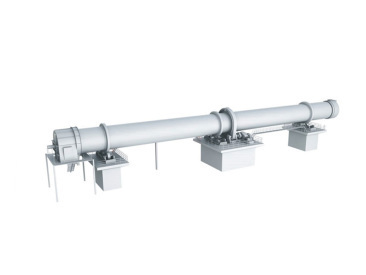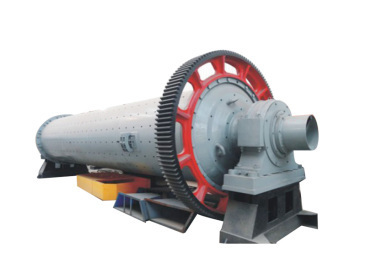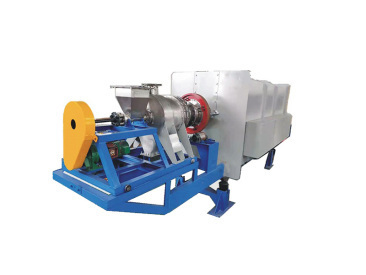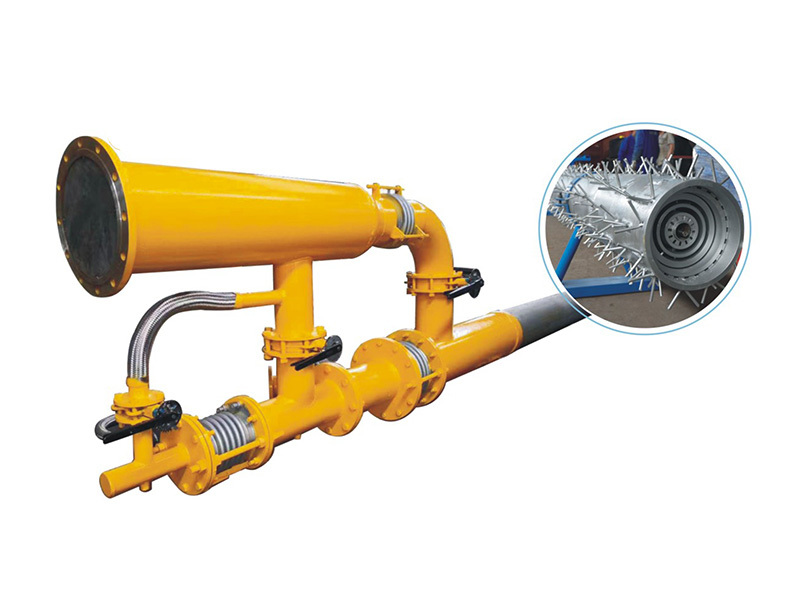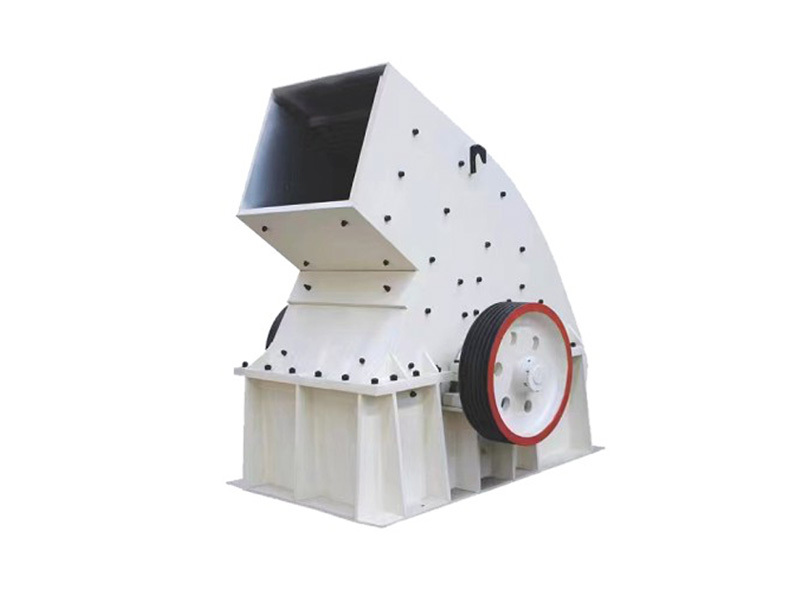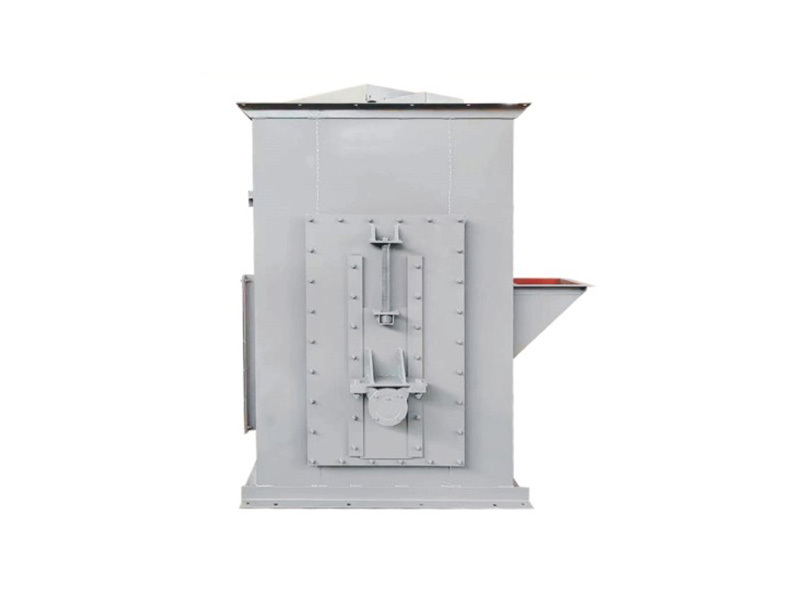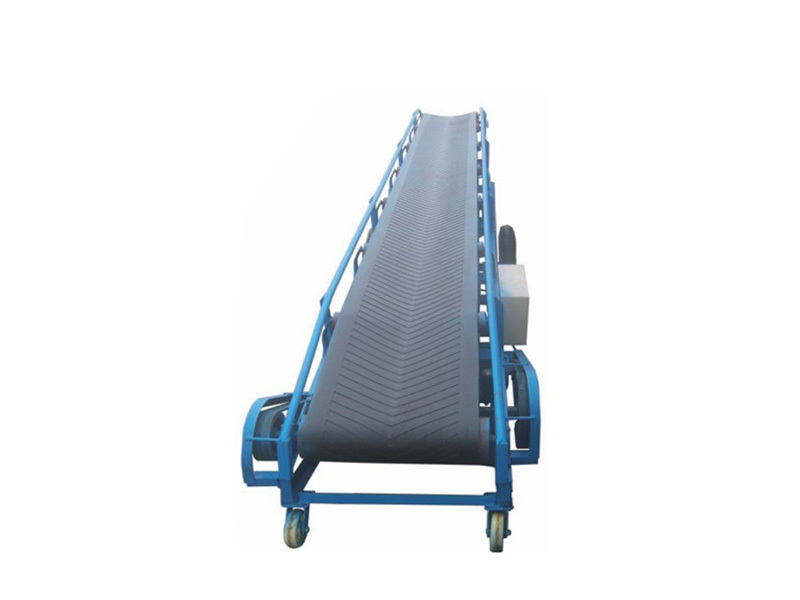Working Principle of Rotary Kiln
A rotary kiln is a cylindrical container that slowly rotates around its axis while being slightly tilted. The material is fed into the upper end of the kiln and moves to the lower end under the heating and drying action of the hot gases flowing through the kiln.
The working principle of a rotary kiln is based on a heat transfer process. The material is heated by the hot gases in the kiln and undergoes various physical and chemical changes as it moves through different zones in the kiln.
The material enters the kiln from the upper end and comes into contact with the hot gases produced by the combustion of fuel at the lower end of the kiln. As the material moves downward in the kiln, it is gradually heated and reaches higher temperatures in the combustion zone.
In the combustion zone, the material is exposed to higher temperatures and chemical reactions such as calcination occur, where carbonates are broken down and oxides are formed. The material is converted here into clinker, which is an intermediate product in the production of cement.
After the material leaves the incineration zone, it enters the cooling zone where it is cooled by the incoming air. The cooled material is discharged from the lower end of the kiln and can be further processed or stored for future use.
The rotation of the kiln helps ensure that the material is evenly heated and dried as it passes through different zones of the kiln. The slight angle of the kiln also helps to facilitate the movement of material from the top to the bottom.
In summary, the working principle of the rotary kiln is based on the heat transfer process, which heats and dries the material through the hot gases flowing through the kiln. The rotation and tilt of the kiln ensure that the material is evenly heated and processed as it passes through different areas of the kiln.
Previous
Next
Previous:
Next:
Recommend Content
Understanding the Role of Metallurgy Ball Mills in Material Processing






